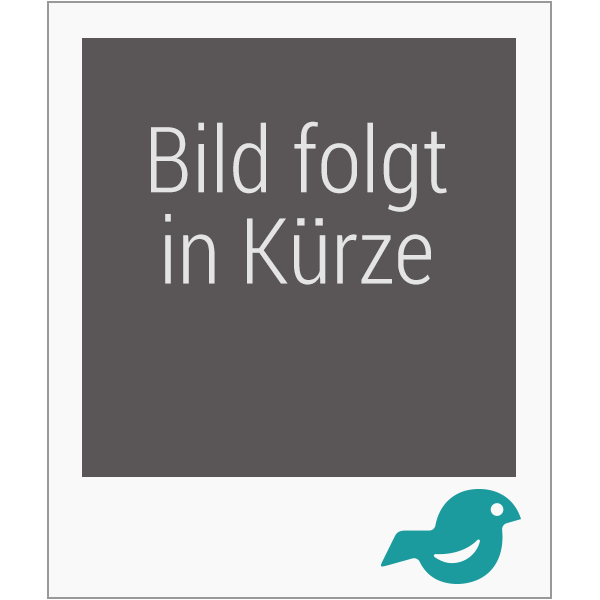Nicht lieferbar

Activating Unreactive Substrates
The Role of Secondary Interactions
Ed. by Carsten Bolm u. F. E. Hahn
Versandkostenfrei!
Nicht lieferbar
This first book to cover this new and important research topic in its entirety reveals the links between the various disciplines. It thus adopts an interdisciplinary approach, meaning it is of interest to the whole chemical community.
A must for everyone working in the field.
A must for everyone working in the field.
The use of secondary interactions for the activation of non-reactive substrates constitutes a new and modern approach in catalysis.
This first comprehensive treatment of this important research field covers the entire field and reveals the links between the various chemical disciplines. It thus adopts an interdisciplinary approach, making it of interest to the whole chemical community.
A must for organic, inorganic, catalytic and complex chemists, as well as those working with/on organometallics.
This first comprehensive treatment of this important research field covers the entire field and reveals the links between the various chemical disciplines. It thus adopts an interdisciplinary approach, making it of interest to the whole chemical community.
A must for organic, inorganic, catalytic and complex chemists, as well as those working with/on organometallics.




